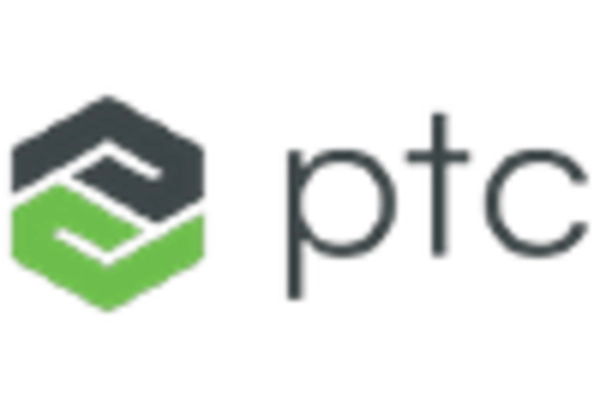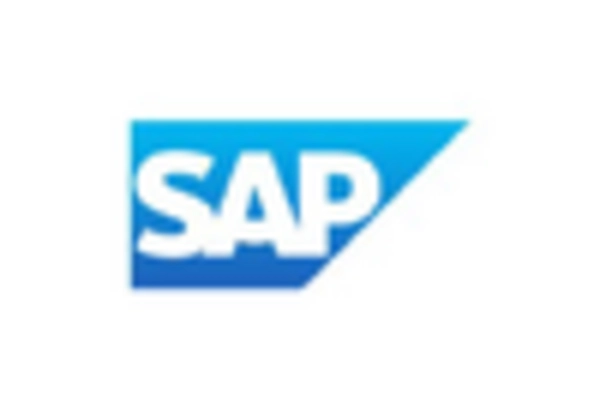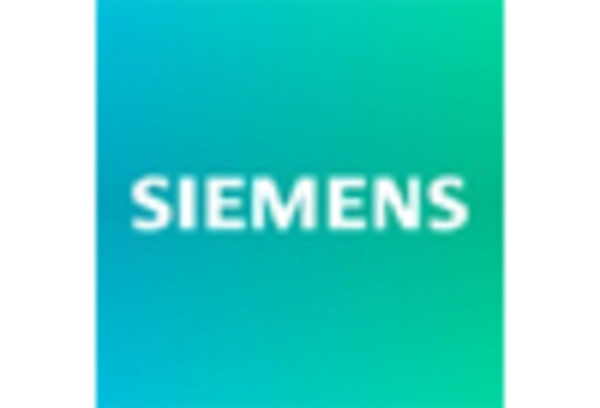Rising Consumer Expectations
There is a notable shift as consumer expectations continue to rise in the product configurator market.. Customers now demand personalized products that cater to their specific needs and preferences. This trend is particularly evident in industries such as automotive and furniture, where customization options are becoming a standard rather than an exception. According to recent data, approximately 70% of consumers express a preference for brands that offer tailored solutions. This growing desire for individualized products is driving companies to invest in product configurators, which enable them to meet these expectations efficiently. As a result, businesses that adopt these technologies are likely to enhance customer satisfaction and loyalty, thereby gaining a competitive edge in the product configurator market.
Expansion of E-commerce Platforms
The expansion of e-commerce platforms is a critical driver for the product configurator market. As online shopping continues to gain traction, businesses are increasingly recognizing the need for interactive tools that enhance the online shopping experience. Product configurators allow customers to visualize and customize products in real-time, which can lead to higher conversion rates. Recent statistics indicate that e-commerce sales in the US are expected to reach $1 trillion by 2025, underscoring the importance of integrating product configurators into online retail strategies. This trend not only facilitates a more engaging shopping experience but also helps businesses differentiate themselves in a crowded marketplace, thereby propelling growth in the product configurator market.
Increased Focus on Sustainability
Sustainability is becoming a pivotal concern for consumers and businesses alike, influencing the product configurator market. Companies are increasingly seeking ways to minimize waste and optimize resource use in their production processes. Product configurators can play a vital role in this regard by enabling manufacturers to design products that are not only customizable but also environmentally friendly. For example, configurators can help in selecting sustainable materials and reducing excess inventory through precise demand forecasting. As consumers become more environmentally conscious, businesses that prioritize sustainability in their offerings are likely to attract a larger customer base. This shift towards sustainable practices is expected to drive innovation and growth within the product configurator market.
Technological Advancements in Manufacturing
Technological advancements are significantly influencing the product configurator market. Innovations such as 3D printing, augmented reality (AR), and artificial intelligence (AI) are transforming how products are designed and manufactured. These technologies allow for rapid prototyping and real-time customization, which can reduce production costs and time. For instance, the integration of AI in product configurators can streamline the design process, enabling manufacturers to respond swiftly to market demands. In the US, the adoption of these technologies is projected to increase by 25% over the next five years, indicating a robust growth trajectory for the product configurator market. Companies that leverage these advancements are likely to improve operational efficiency and enhance the overall customer experience.
Competitive Pressure and Market Differentiation
The competitive landscape in the product configurator market is intensifying. This situation prompts companies to seek innovative ways to differentiate themselves.. As more businesses adopt product configurators, the need for unique features and functionalities becomes paramount. Companies are investing in advanced configurator solutions that offer enhanced user experiences, such as intuitive interfaces and seamless integration with existing systems. This competitive pressure is likely to drive continuous improvements and innovations within the market. Furthermore, businesses that successfully differentiate their offerings through effective use of product configurators may gain a significant advantage, leading to increased market share and profitability. The ongoing evolution of the product configurator market reflects the dynamic nature of consumer preferences and technological advancements.

















Leave a Comment